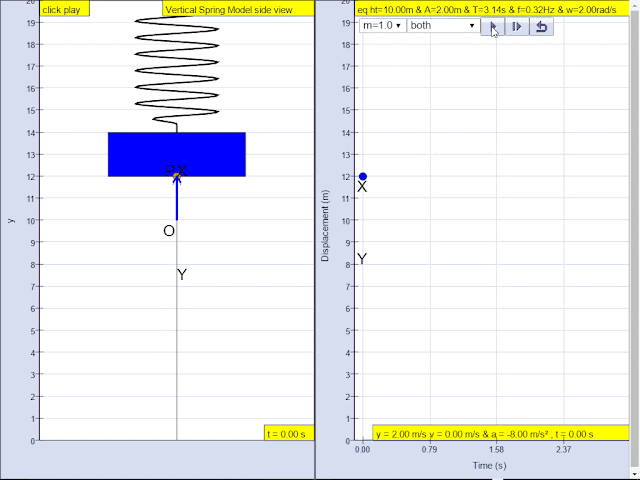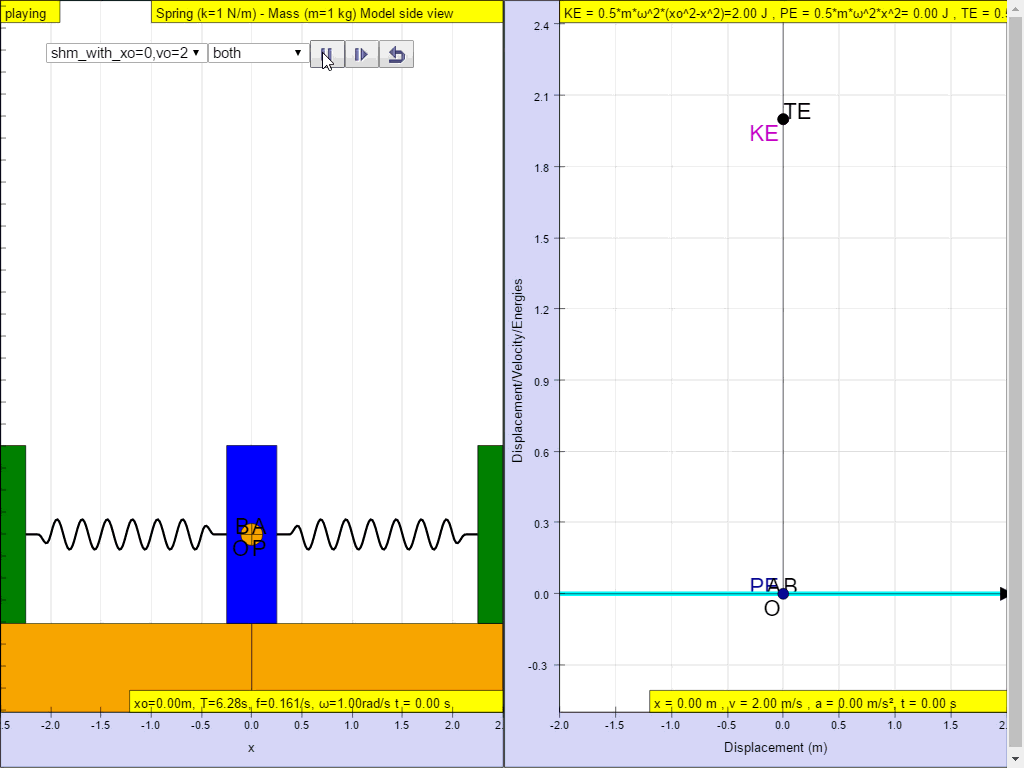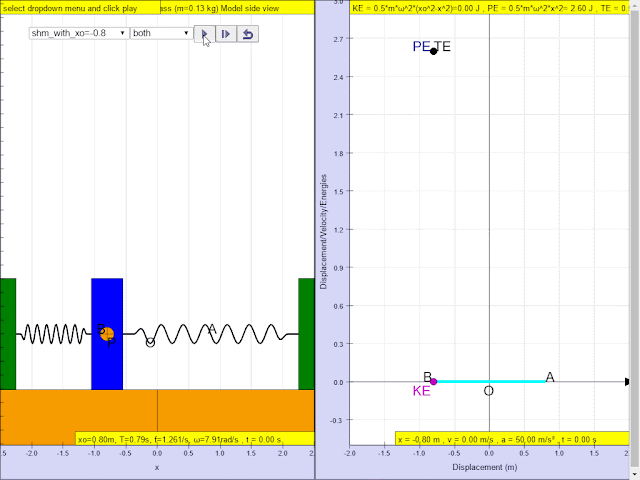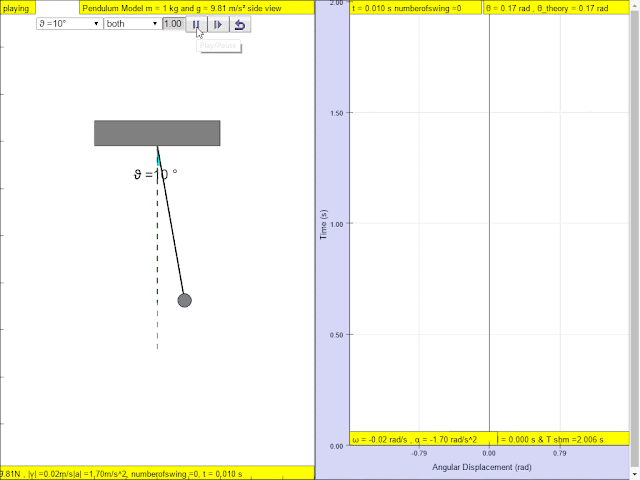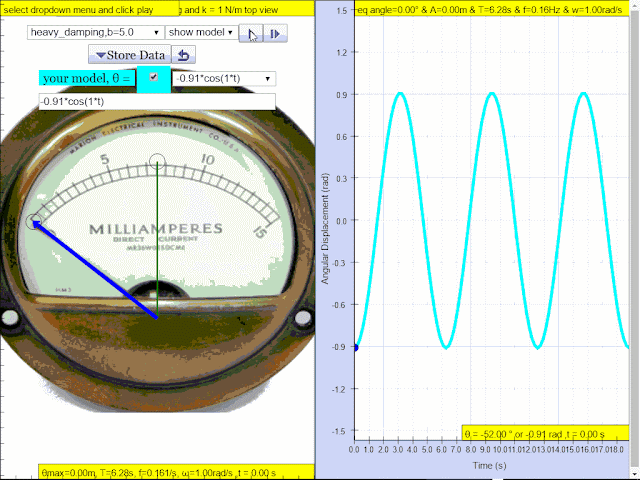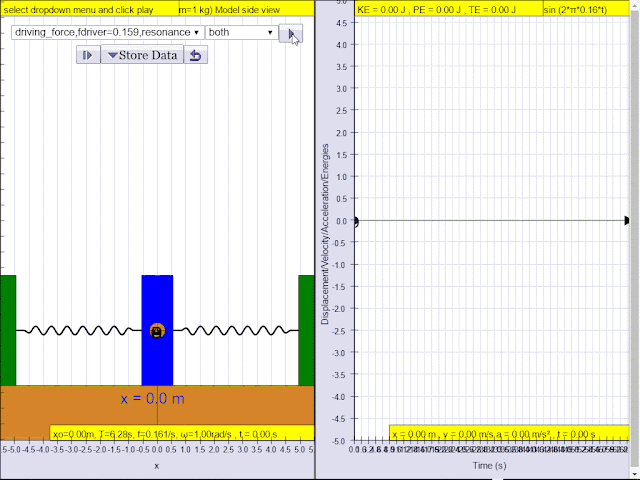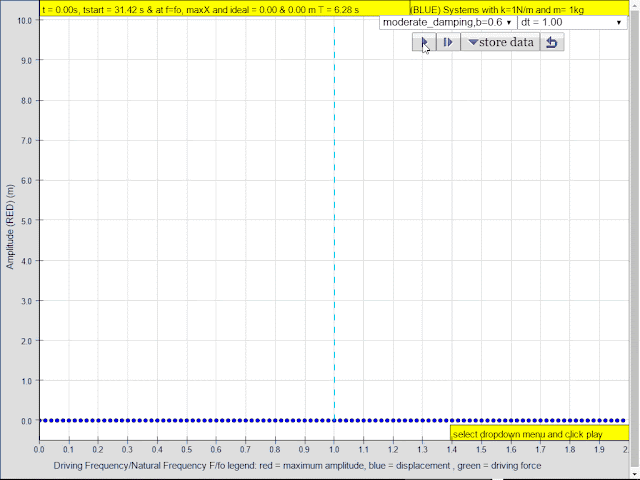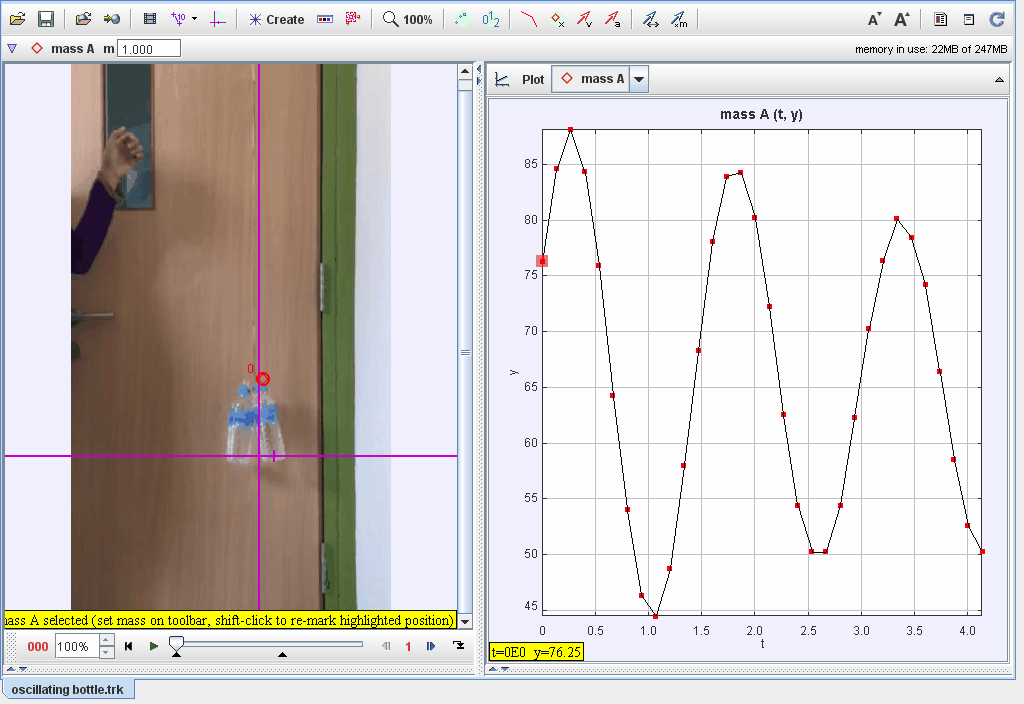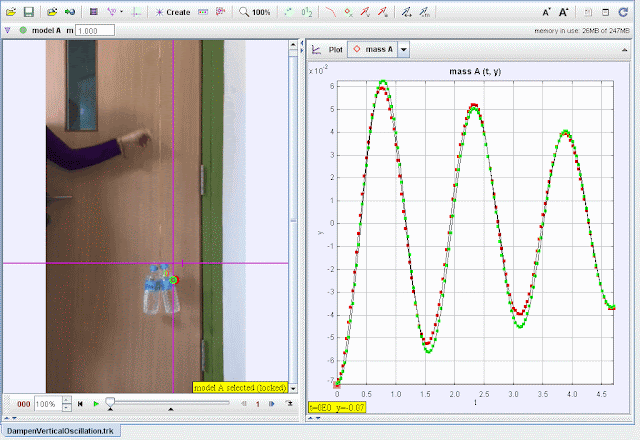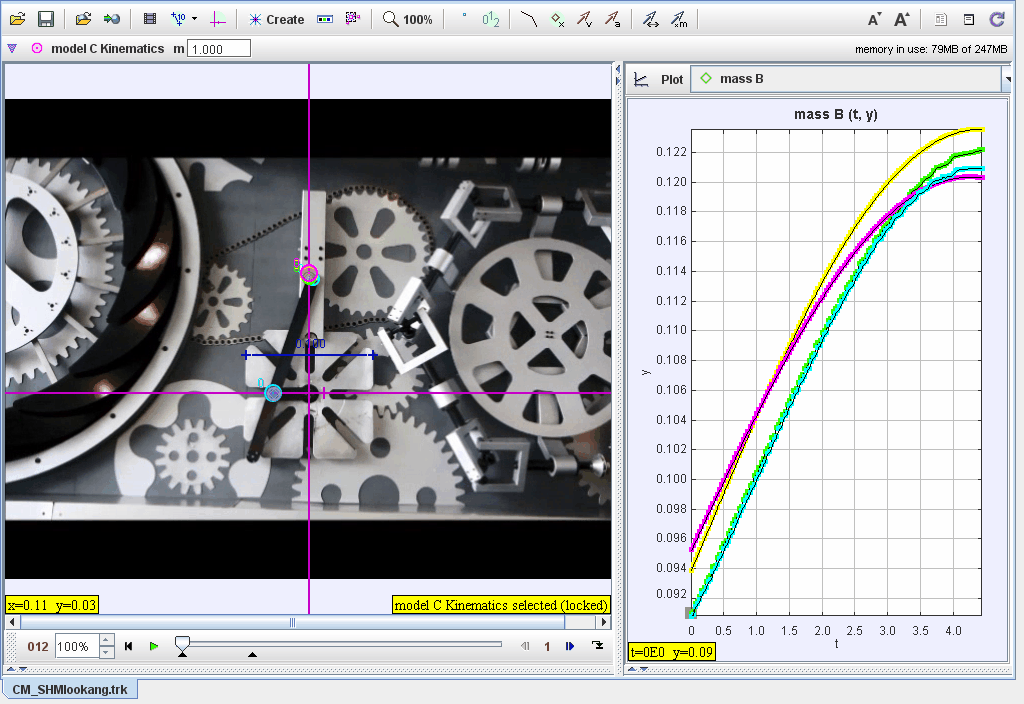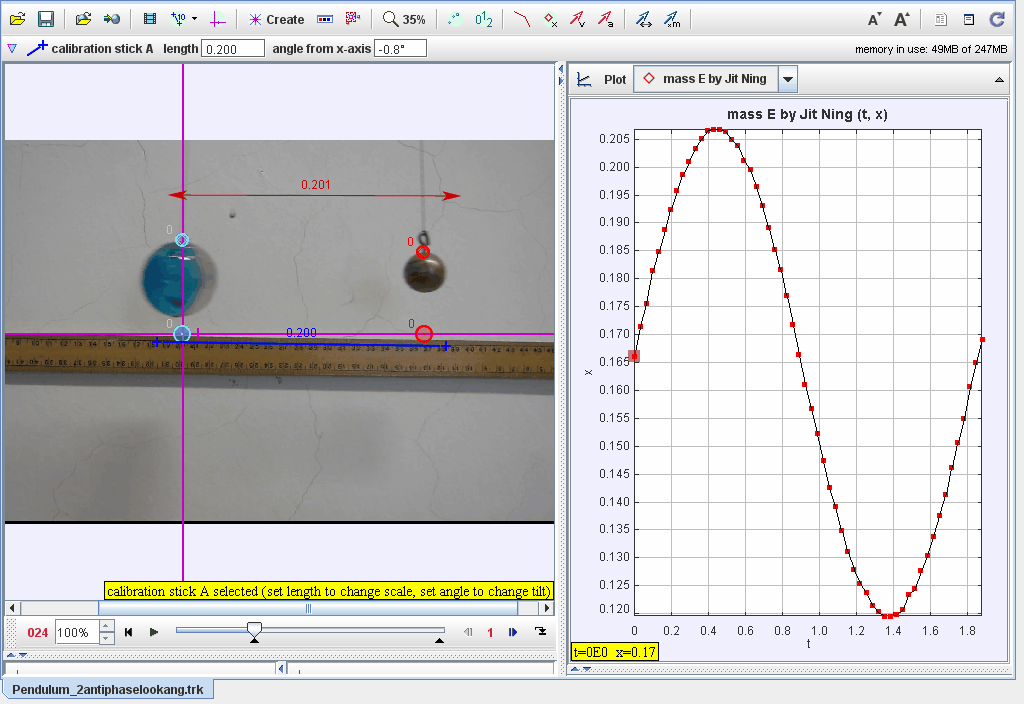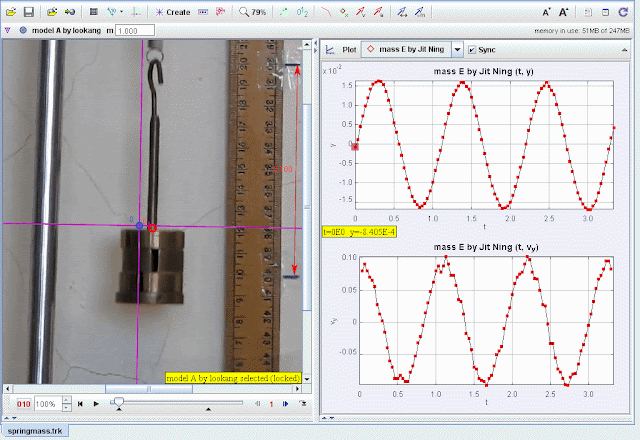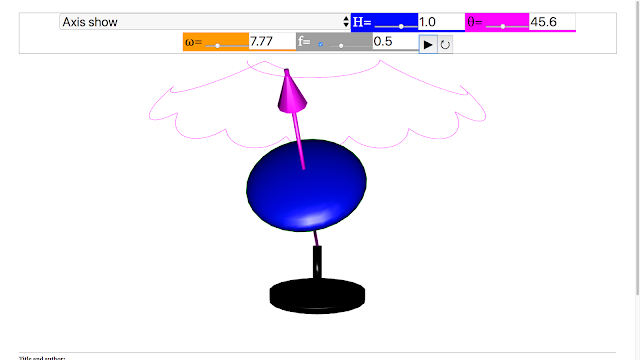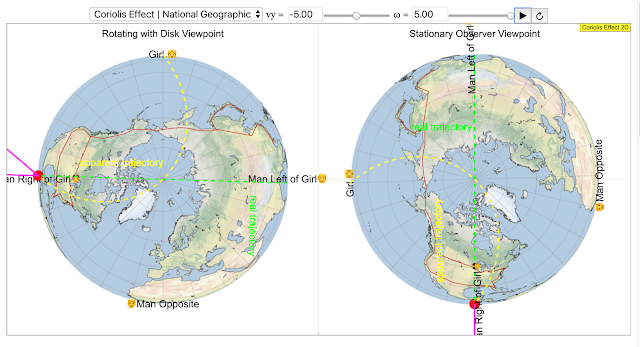Breadcrumbs
02 Newtonian Mechanics
Mechanics. Each topic in mechanics is built around real-world contexts to deepen learners’ understanding of motion, forces, and energy. Learners will sharpen their quantitative and analytical skills as they bridge real-world observations and theory by conducting investigations and experiments to study the mechanics of systems. Think about how gravity affects the vertical motion but not the horizontal motion of a thrown ball. In collisions, careful consideration of before and after allows us to model and extract information about the dramatic and short-lived impact event. Why does Earth maintain a circular orbit around the Sun? Is there acceleration when moving with constant speed? In H2 Physics, learners encounter oscillatory perturbations from stable equilibrium, which also recalls the regularity and pattern of circular motion. In H3 Physics, learners unlock possibilities for modelling rigid bodies by realising the analogy between translational and rotational motion.
Within the framework of classical Newtonian mechanics, forces are but one-half of the story. The complementary lens of energy is like adding audio to video – it might technically be possible to figure out what happens without the sound but it is so much more pleasant with audio on. In many cases, analysing energy rather than forces is simpler because energy is a scalar while force is a vector – and in some cases the energy analysis paints a good picture of what we are interested to know about the system.
Organising the topics in this manner, as opposed to having physics concepts presented in the all-familiar kinematics-dynamics-forces-moments sequence, has its own advantage; students can first establish a strong understanding in static mechanics. Through these topics, students learn to describe how things move. This lays a good foundation for them to then explore why things move the way they do (i.e. dynamics), or extend their learning to 2-dimensional kinematics (i.e. projectile motion in Chapter 5).
Big Ideas 0 Computer Models use reasonable approximations to simplify real-world phenomena in order to arrive at useful ways to explain or analyse systems 1. The study of motion involves first studying an idealized system in which complicating factors (like friction) are absent and then transferring this understanding to a real physical process. Analysis of the motion of an object is performed using free-body and vector diagrams, graphical analysis as well as mathematical formulae. 2. There are four fundamental forces in nature: gravitational and electromagnetic forces (which are responsible for our everyday experiences) and strong nuclear and weak forces (which operate only at the sub-atomic scale). Gravitational force (a very weak attractive force between two masses) is very long range and is responsible for the interaction between celestial objects in the Universe as well as the Earth’s gravitational pull on us. Electromagnetic force (a very strong force between two charged objects) is very short range and is responsible for all inter-atomic forces of attraction and repulsion e.g. electrostatic forces, contact forces (normal force, friction, fluid resistance) and magnetic forces. 3. When any two bodies in the Universe interact, they can exchange energy. The law of conservation of energy states that in any closed system (including the Universe), the total quantity of energy remains fixed - energy is transferred from one form to another but none is lost or gained. Many forms of energy can be considered to be either kinetic (motion) energy or potential (stored) energy.4. Newton’s three laws of motion and his law of universal gravitation have been successfully applied to explain and predict the motion of terrestrial and celestial objects. Newton’s laws further show that it is possible to express natural phenomena in terms of a few special rules or laws that can be expressed in mathematical formulae. 5. When any two bodies in the Universe interact, they can exchange momentum. The law of conservation of momentum states that in any closed system (including the Universe) the total quantity of momentum is invariant - momentum can be transferred from one body to another (by an impulse) but none is lost or gained. 6. Many kinds of motion in nature are periodic motions or oscillations. The ideas from a type of oscillation known as simple harmonic motion is applied to explain many physical situations such as waves, sound, alternating electric currents, and light.
- Details
- Written by Loo Kang Wee
- Parent Category: 02 Newtonian Mechanics
- Category: 09 Oscillations
- Hits: 6047
- Details
- Written by Loo Kang Wee
- Parent Category: 02 Newtonian Mechanics
- Category: 09 Oscillations
- Hits: 7535
- Details
- Written by Loo Kang Wee
- Parent Category: 02 Newtonian Mechanics
- Category: 09 Oscillations
- Hits: 7664
- Details
- Written by Loo Kang Wee
- Parent Category: 02 Newtonian Mechanics
- Category: 09 Oscillations
- Hits: 6426
Read more: ⚛️10.4.3 Example JavaScript HTML5 Applet Simulation Model
- Details
- Written by Loo Kang Wee
- Parent Category: 02 Newtonian Mechanics
- Category: 09 Oscillations
- Hits: 8654
- Details
- Written by Loo Kang Wee
- Parent Category: 02 Newtonian Mechanics
- Category: 09 Oscillations
- Hits: 7600
Read more: 📈10.6 Degrees of Damping HTML5 Applet Simulation Model
- Details
- Written by Loo Kang Wee
- Parent Category: 02 Newtonian Mechanics
- Category: 09 Oscillations
- Hits: 7879
Read more: 🚗10.6.4.1 Car suspension HTML5 Applet Simulation Model
- Details
- Written by Loo Kang Wee
- Parent Category: 02 Newtonian Mechanics
- Category: 09 Oscillations
- Hits: 5674
Read more: 10.6.4.2 Moving-coil meters HTML5 Applet Simulation Model
- Details
- Written by Loo Kang Wee
- Parent Category: 02 Newtonian Mechanics
- Category: 09 Oscillations
- Hits: 12309
Read more: ⚛️10.7 Forced Oscillations and Resonance HTML5 Applet Simulation Model
- Details
- Written by Loo Kang Wee
- Parent Category: 02 Newtonian Mechanics
- Category: 09 Oscillations
- Hits: 7963
- Details
- Written by Loo Kang Wee
- Parent Category: 02 Newtonian Mechanics
- Category: 09 Oscillations
- Hits: 11225
Read more: Harmonic Oscillator Virtual Lab HTML5 Applet Simulation Model
Block and Spring on an Inclined Plane JavaScript HTML5 Applet Simulation Model by Wolfgang Christian
- Details
- Parent Category: 02 Newtonian Mechanics
- Category: 09 Oscillations
- Hits: 10403
- Details
- Parent Category: 02 Newtonian Mechanics
- Category: 09 Oscillations
- Hits: 5909
- Details
- Written by leongster
- Parent Category: 02 Newtonian Mechanics
- Category: 09 Oscillations
- Hits: 4605
- Details
- Written by leongster
- Parent Category: 02 Newtonian Mechanics
- Category: 09 Oscillations
- Hits: 4269
- Details
- Written by leongster
- Parent Category: 02 Newtonian Mechanics
- Category: 09 Oscillations
- Hits: 4449
Read more: Tracker Oscillating up and down 2 bottles with model
- Details
- Written by leongster
- Parent Category: 02 Newtonian Mechanics
- Category: 09 Oscillations
- Hits: 5245
Read more: Tracker 2 Bottles Dampened Oscillation Up and Down
- Details
- Written by leongster
- Parent Category: 02 Newtonian Mechanics
- Category: 09 Oscillations
- Hits: 4606
- Details
- Parent Category: 02 Newtonian Mechanics
- Category: 09 Oscillations
- Hits: 4817
- Details
- Parent Category: 02 Newtonian Mechanics
- Category: 09 Oscillations
- Hits: 4900
- Details
- Parent Category: 02 Newtonian Mechanics
- Category: 09 Oscillations
- Hits: 10282
- Details
- Parent Category: 02 Newtonian Mechanics
- Category: 09 Oscillations
- Hits: 5309
- Details
- Parent Category: 02 Newtonian Mechanics
- Category: 09 Oscillations
- Hits: 4736
- Details
- Parent Category: 02 Newtonian Mechanics
- Category: 09 Oscillations
- Hits: 3994
Read more: Tracker Modeling in 2 Pendulum swinging in anti-phase
- Details
- Parent Category: 02 Newtonian Mechanics
- Category: 09 Oscillations
- Hits: 4509
Read more: Tracker Modeling in 2 Pendulum swinging in out of phase
- Details
- Parent Category: 02 Newtonian Mechanics
- Category: 09 Oscillations
- Hits: 5710
- Details
- Parent Category: 02 Newtonian Mechanics
- Category: 09 Oscillations
- Hits: 3910
Read more: pendulum model (311_27_srimagima_ptvid_50cm_3lookang)
- Details
- Parent Category: 02 Newtonian Mechanics
- Category: 09 Oscillations
- Hits: 3945
- Details
- Parent Category: 02 Newtonian Mechanics
- Category: 09 Oscillations
- Hits: 4520
- Details
- Parent Category: 02 Newtonian Mechanics
- Category: 09 Oscillations
- Hits: 6291
- Details
- Written by Loo Kang Wee
- Parent Category: 02 Newtonian Mechanics
- Category: 10 Rotational Motion
- Hits: 2520
- Details
- Written by Loo Kang Wee
- Parent Category: 02 Newtonian Mechanics
- Category: 10 Rotational Motion
- Hits: 15767
Read more: Spinning Gyroscope JavaScript HTML5 Applet Simulation Model
- Details
- Written by Fremont
- Parent Category: 02 Newtonian Mechanics
- Category: 10 Rotational Motion
- Hits: 6442
Read more: Rotation of Solid Sphere and Thin Shell JavaScript Simulation Applet HTML5
- Details
- Written by Fremont
- Parent Category: 02 Newtonian Mechanics
- Category: 10 Rotational Motion
- Hits: 15025
- Details
- Written by Fremont
- Parent Category: 02 Newtonian Mechanics
- Category: 10 Rotational Motion
- Hits: 5712
Read more: Accelerated Platform with Cylinder JavaScript Simulation Applet HTML5
- Details
- Written by Wei Chiong
- Parent Category: 02 Newtonian Mechanics
- Category: 10 Rotational Motion
- Hits: 15768
Read more: Coriolis Effect 2D JavaScript Simulation Applet HTML5
- Details
- Written by Wei Chiong
- Parent Category: 02 Newtonian Mechanics
- Category: 10 Rotational Motion
- Hits: 11851
Read more: Coriolis Effect 3D JavaScript Simulation Applet HTML5

